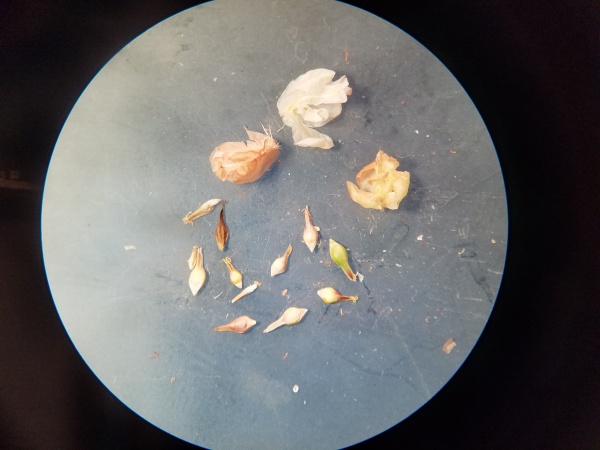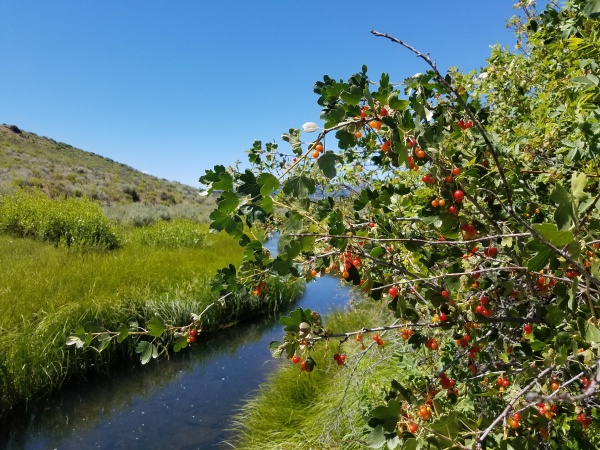It is exciting to be posting my first blog after reading previous interns’ posts in anticipation for my internship! This has only been my first week working after a long journey to get here. It has been such a whirlwind since I graduated at the end of May: I spent some time at home, went to a university near Toronto for a Great Lakes research conference, went to the Chicago training, followed by a week of driving from Chicago to San Fransisco. Now I finally made it to Susanville, California! Crazy to think about the journey I made from the east coast to west coast.
The week at the Chicago training was very informative – it allowed us to complete our first SOS collection during our second day working! (more later). Also, so fun to be in the city and meet other interns and hear about their CLM experiences thus far. So many people I met are super passionate about what they are doing and love ecology and conservation – it was so nice to be around so many like-minded people. Additionally, I felt a ton more prepared for starting my internship than I would have if we didn’t have the training first.
After Chicago, my dad and I road-tripped west! We drove through cornfields, the Rocky Mountains and the Great Basin and made stops in Omaha, NE, Denver, Arches National Park, Salt Lake City, and even made it to San Fransisco to see family at the end. It was such a fun experience and gave me a new appreciation for the west and the changes in scenery along the way.

It was such a beautiful drive through the rockies!

My favorite stop along the way, Arches National Park, Moab, UT. This is Windows Arch
I have spent the past week settling into Susanville with fellow interns/roommates Jocelyn and Alia. The landscape is incredibly different from what I am used to, mostly made up of sagebrush, junipers and in some places, tall jeffery pines. We went out three days in the field in our trusty white jeep (which we have yet to have decided on a name for…) in order to get familiar with the field office. We started SOS (Seeds of Success) collecting and SSP (Special Status Plant) monitoring. Our first SOS collection was squirreltail (Elymus elymoides var. californicus), which we found lots of so it was fairly easy to collect. The population is located in a disturbed part of the field office that was burned in a wildfire a few years ago. Unfortunately there is not much sagebrush, but lots of medusa head and cheatgrass, so this seed will aid in restoration. It sounds like we are going to have lots of opportunities to do different tasks in the field and go to some beautiful places. Next week I am looking forward to marking trees with the forester and going to riparian areas to do work with water rights.

My favorite place we went this week for SSP monitoring on some state-owned land in Sierra Valley
I am excited for what the field season will bring as we get into the swing of things here. Also exploring Northern California – we are so close to so many amazing places and I can’t wait to check them out on the weekends! 🙂
Jillian
Eagle Lake Field Office, BLM
Susanville, CA


















































